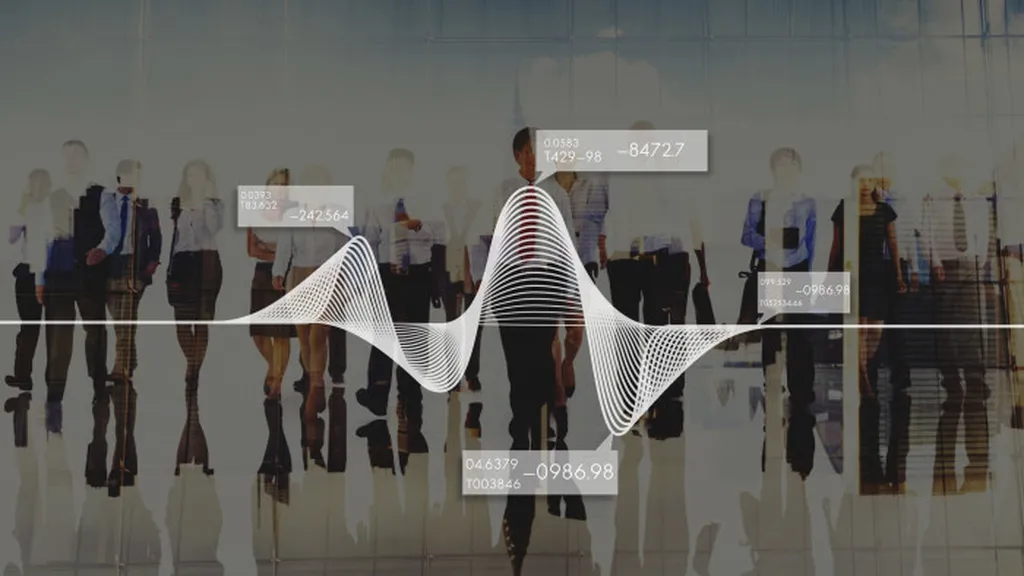In the heart of Beijing, researchers at the Aerospace Information Research Institute of the Chinese Academy of Sciences (CAS) are pushing the boundaries of agricultural monitoring. Led by Yingying Dong, a team of scientists is harnessing the power of artificial intelligence (AI) to revolutionize remote sensing techniques, offering a glimpse into a future where precision agriculture and sustainable food systems are not just aspirations but realities.
The team’s work, published in the journal *Frontiers in Remote Sensing* (which translates to *前沿遥感* in Chinese), focuses on AI-enhanced remote sensing, a field that combines the best of satellite imagery, drone technology, and machine learning algorithms. This fusion of technologies is enabling farmers and agricultural businesses to monitor crop health, predict yields, and respond to environmental changes with unprecedented accuracy.
“AI-enhanced remote sensing is like giving farmers a superpower,” says Dong. “It allows them to see their fields in a whole new light, detecting issues before they become critical and optimizing resource use for maximum efficiency.”
The implications for the energy sector are significant. As the world grapples with the challenges of climate change and the need for sustainable food systems, the ability to monitor and manage crops more effectively can lead to substantial energy savings. Precision agriculture reduces the need for excessive water and fertilizer use, lowering the energy footprint of food production. Additionally, accurate yield predictions can help stabilize food prices and reduce waste, further contributing to energy efficiency in the supply chain.
One of the key innovations highlighted in the research is the use of multisensor data fusion. By integrating data from various sources—such as satellites, drones, and ground sensors—AI algorithms can provide a comprehensive picture of crop conditions. This holistic approach allows for better decision-making and more targeted interventions, ultimately boosting productivity and sustainability.
“Multisensor data fusion is a game-changer,” explains Dong. “It allows us to combine different types of data to get a more complete understanding of what’s happening in the field. This is crucial for precision agriculture, where every bit of information can make a difference.”
The research also emphasizes the importance of understanding crop responses to environmental forcing. By analyzing how crops react to changes in weather, soil conditions, and other environmental factors, AI-enhanced remote sensing can help farmers adapt to a changing climate. This adaptability is essential for ensuring food security and maintaining stable food supplies, which in turn supports energy sector stability.
Looking ahead, the potential for AI-enhanced remote sensing to shape the future of agriculture is immense. As technology continues to evolve, we can expect even more sophisticated algorithms and sensors that will further refine our ability to monitor and manage crops. This progress will not only benefit farmers but also have a ripple effect on the broader economy, including the energy sector.
In the words of Dong, “The future of agriculture lies in our ability to harness the power of technology to create sustainable, efficient, and resilient food systems. AI-enhanced remote sensing is a crucial piece of this puzzle, and we are excited to see how it will continue to evolve and transform the way we grow our food.”
As we stand on the brink of a new era in agricultural monitoring, the work of Yingying Dong and her team serves as a beacon of innovation and a testament to the power of technology in shaping a more sustainable future.

